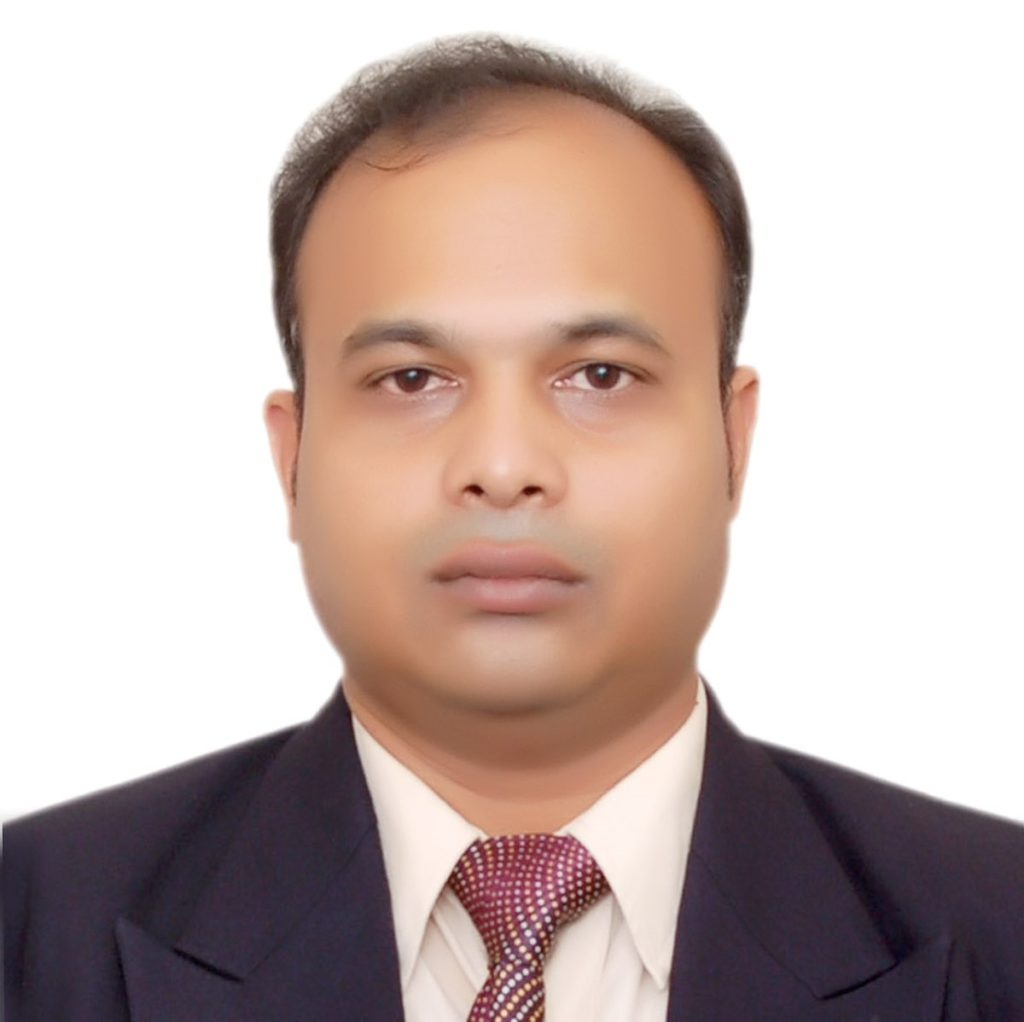per person /
Free
COMMUNICATION AND THE PLASTIC ARTS
Course Attendees
Still no participant
Course Reviews
Still no reviews
Course Name : COMMUNICATION AND THE PLASTIC ARTS
Code(Credit) : CUTM1276 (2-2-2)
Course Objectives
-
To provide training to the learners to understand the public space and how to communicate in public space by using architecture, sculpture and paintings etc. as the mass media.
-
To impart to the learners about historiography of the plastic arts of various medium along with the shifting of the empire in India.
-
To engage learners to understand the religious, and socio-cultural institutions associated with the plastic arts in pluralistic traditions of the ancient, medieval and modern India.
Learning Outcomes
-
After successful completion of the course, the learners will be able to communicate in public space by using the plastic arts as the media for mass communication.
-
The learners will be able to understand historiography of the Indian traditions. They will be able to appreciate the socio-cultural and religious institutions of India.
Course Syllabus
MODULE I
Communicating with the Public
Plastic Arts as Mass Media
Architecture
Sculpture
Paintings
MODULE II
Public Art and the Public Space
The Chowk/Piazza
The Wall
The Sidewalk
The Garden
Module III
The March of Empire
Power and the Semiotics of Scale
Monuments and Triumphalism
The Memorial
The Collosseum/The Red Fort/Taj Mahal/ India Gate
MODULE IV
The Language of Faith
Temples, Churches, Mosques, Stupa
Iconography
Frescoes and paintings
Khajuraho/The Sistine Chapel/Birla Mandir
References:
Baneerjee , Jitendra N. Development of Hindu Iconography, Munshiram Manoharlal Publishers, 1956.
Canon, Jon. The Secret Language of Sacred Spaces: Decoding Churches, Cathedrals, Temples, Mosques and Other Places of Worship Around the World, 2013.
Cummings Cathleen Decoding a Hindu Temple: Royalty and Religion in the Iconographic Program of the Virupaksha Temple, Pattadaka.
Didron, M. Milligston E. J. (Translator) .Christian Iconography or The History of Christian Art in the Middle Ages Part 1 , Kessinger Publishing, 2003.
Dev ,Krishna. (Author), Lall, Darshan (Photographer). Sculptural Art of Khajuraho , Antique Collectors Club Ltd, 1994.
Đukanović Zoran Public Art in Public Space. ACADEMICA - Akademical group, Edition Avangarda, Belgrade. Dixon -Andrew Graham. Michelangelo and the Sistine Chapel, Skyhorse, 2009.
Moore, Albert C. Iconography of Religions: An Introduction Tajuddin ,Mohamad,Rasdi Mohamad. Rethinking the Mosque in the Modern Muslim Society.
Walker, John A. Art in the Age of Mass Media, 2001.
Merrifield, Mary P. The Art of Fresco Painting in the Middle Ages and the Renaissance, NOOK Book.
Session Plan
Session 1
Session 2
Public Sphere in India
Evolution of Public Sphere in India
Colonial Governmentality and the Public Sphere in India
[Theory]
Session 4
Session 5
Session 6
Session 7
Session 8
Power Point Presentation - I
Introduction to Plastic Arts
[Practical]
Session 9
Session 10
Session 11
Session 12
Session 13
Session 14
Session 15
Power Point Presentation II
Public Arts and Public Space
[Practical]
Session 16
Mass Communication in Public Space
Assignment I
[Practical]
Session 17
Concept of Public and Private: Rights, Ownership and Consumership
Defining Perceptive of Public Arts and Public Space
Debate
[Practical]
Session 18
Power Point Presentation II
Public Arts and Public Space
[Practical]
Session 19
Introduction to Indian Renaissance : The Medieval Awakening
Medieval Architecture, Sculpture and Painting
[Theory]
Session 20
Session 21
Session 22
Hindu Kingdoms of South
The Delhi Sultanate
The Mughals
[Theory]
Session 23
Power Point Presentation
Plastic Arts in Medieval India
[Practical]
Session 24
Plastic Arts and Public Sphere during Medieval Period
[Theory]
Session 25
Session 26
Public Arts and Public Space
Introduction to Colonial History of India
Understanding the Public Sphere in India
[Theory]
Session 27
Continuity of the Plastic Arts in Colonial Period
[Theory]
Session 28
Introduction to Faith, Religion and Public Sphere in Medieval and Modern India
Religious Movements in Medieval India
[Theory]
Session 29
Session 30
Mass Communication by Using Plastic Arts
Assignment II
[Practical]
Case Studies I
Public Arts and Public Space : Study of Tangible Art of India
[Project]
Case Studies II
Public Arts and Public Space : Study of Intangible Art of India
[Project]
Our Main Teachers

ASSISTANT PROFESSOR OF MEDIA AND COMMUNICATION

